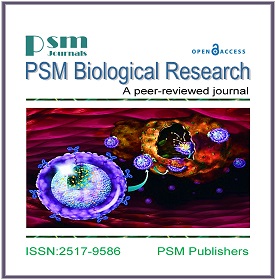Raw Milk Proximate Composition Analyses for Some Camels (Camelus dromedarius) in Sokoto, Nigeria
Camels raw milk compositional analyses report
Keywords:
Proximate composition, Camel milk, Camelus dromedarius, Northern Nigeria.Abstract
Camel milk (CM) known traditionally for its medicinal application, but analysis of its mineral contents and proximate composition especially for domesticated camels around Sokoto metropolis of northern Nigeria was not fully elucidated. In this study, five samples of raw camel milk obtained by hand milking of five domesticated female camels (Camelus dromedarius) at Kwakwalawa village of Sokoto, Sokoto State, Nigeria were analyzed for their proximate composition using standard methods. These raw camel milk samples (M1- M5) were obtained during morning after thorough sterilization of camel udders. Results of composition analyses of the collected raw camel milk samples based on percentages (w/v) revealed that 11.7% is total dissolved solids (TDS), 90.8% is moisture, 1.3% is fats, 1.5% is crude proteins, 0.7% is total ash and 5.7% is crude carbohydrate. Mineral nutrient analyzed by photometric methods revealed Na+ is 45.0 mg/L, K+ is 315 mg/L, Ca2+ is 0.6 mg/L, Mg2+ is 0.6mg/L and P is 2.1mg/L. In conclusion, the proximate composition of the camel milk samples analyzed showed average nutrient quality content.
Downloads
Published
How to Cite
Issue
Section
License
Copyright (c) 2023 PSM Biological Research

This work is licensed under a Creative Commons Attribution-NonCommercial-NoDerivatives 4.0 International License.







